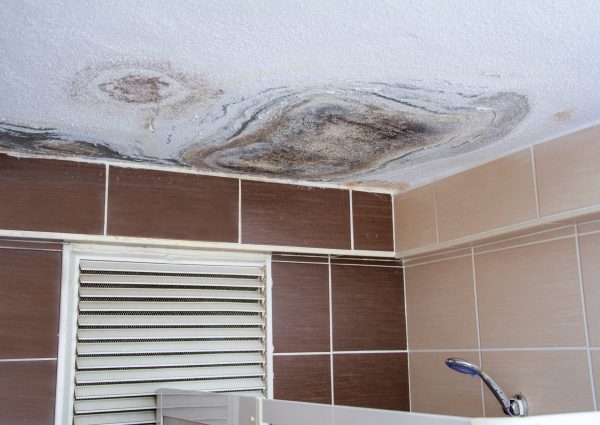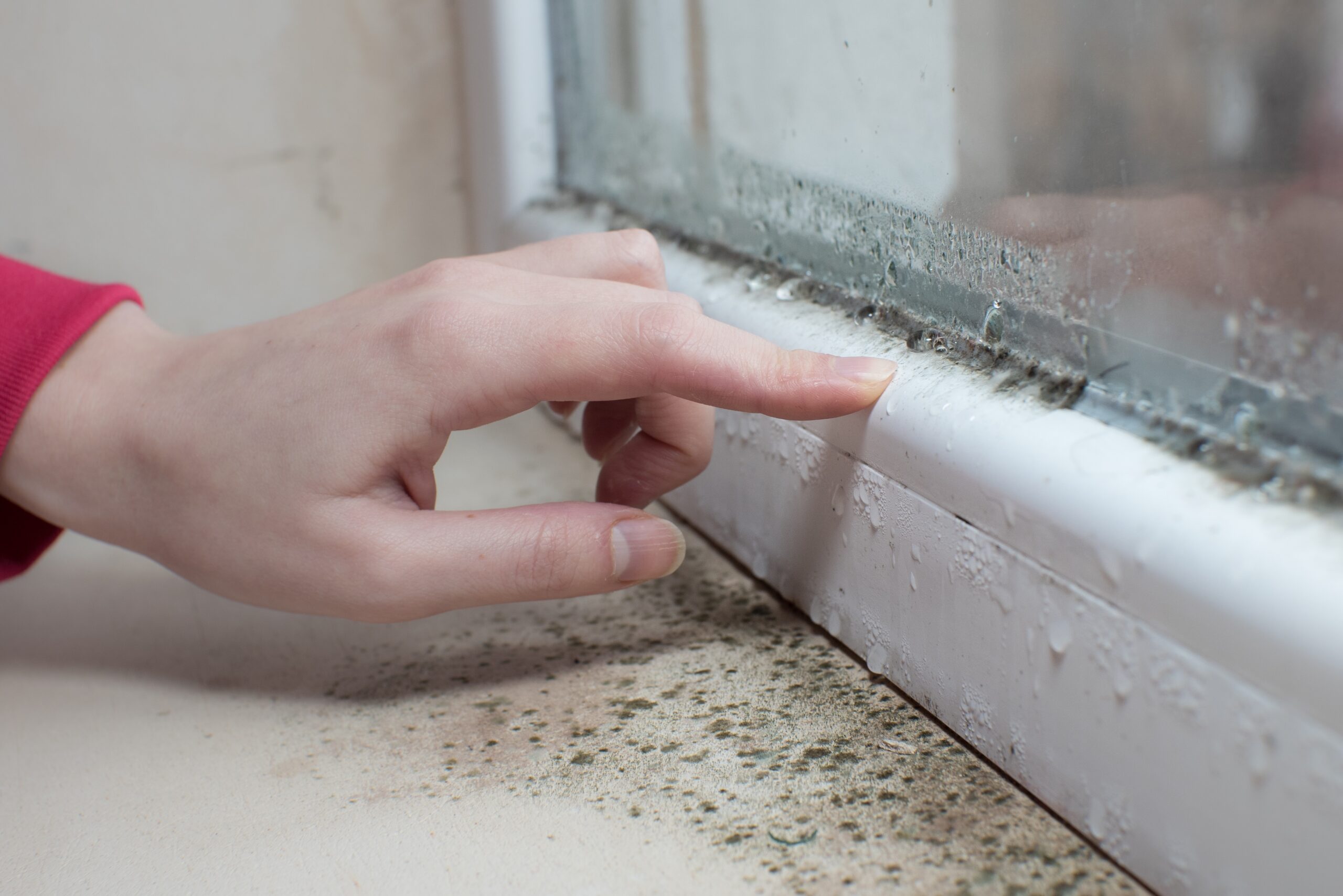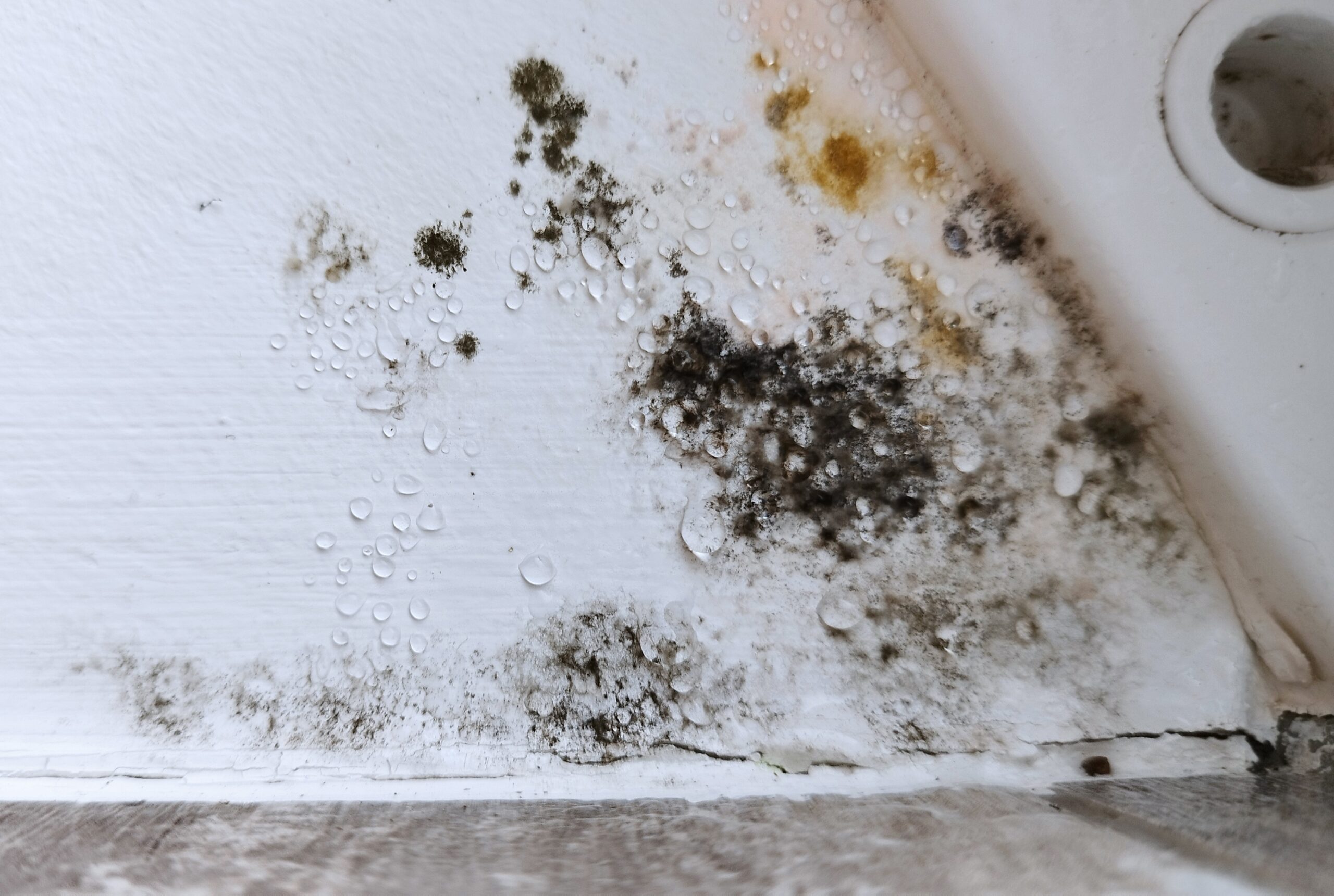Mold is a type of fungus that grows in damp, poorly ventilated areas like bathrooms, kitchens, basements, and around leaky windows or pipes. It often appears as dark patches or fuzzy spots on walls, ceilings, or furniture. Some molds release mycotoxins, which can harm your health over time. Older adults are especially at risk, as mold exposure can worsen asthma, coughing, sinus issues, and lung infections even for those without mold allergies. If you notice a musty smell that won’t go away, mold may be growing out of sight. Don’t ignore it mold spreads quickly and can silently affect your health.
Mold & Mildew
Biological Hazards
Key Concerns

Sources

Water Leaks
Water leaks are one of the most common causes of mold and mildew in homes. Roof leaks, especially after heavy rain, can lead to hidden mold in ceilings and walls. Leaky pipes, whether under sinks or inside walls, create constant moisture an ideal environment for mold to grow. Even small, unnoticed drips can cause serious damage over time. Fix leaks promptly to prevent mold from spreading and protect your health.

Improper Ventilation
Improper ventilation traps moisture indoors, creating the perfect conditions for mold and mildew to grow. Areas like bathrooms, kitchens, and laundry rooms often build up humidity from showers, cooking, or drying clothes. Without proper airflow, this moisture lingers on walls and ceilings. Using exhaust fans, opening windows, and ensuring good air circulation can help reduce dampness and prevent mold growth.
How to Limit & Avoid Risks Associated with Mold
- Fix leaks promptly — Repair roof, wall, or pipe leaks as soon as possible to stop moisture buildup.
- Keep wet areas dry — Wipe down showers, sinks, and kitchen counters after use. Don’t leave damp towels or clothes sitting out.
- Use exhaust fans — Run fans in bathrooms, kitchens, and laundry areas to remove excess humidity.
- Increase ventilation — Open windows when weather allows and use fans or air purifiers to keep air circulating.
- Control indoor humidity — Keep humidity levels below 50% using a dehumidifier if needed, especially in basements.
- Clean and dry after flooding — Remove water and dry all affected areas and belongings within 24–48 hours.
- Avoid carpet in damp areas — Use tile or vinyl in bathrooms and basements where moisture is common.
- Use mold-resistant products — Choose mold-resistant paint, drywall, or insulation in areas prone to moisture.
- Check the climate indoors — In humid climates, use AC or dehumidifiers to keep moisture in check year-round.
- Clean mold safely — Use gloves, a mask, and non-toxic mold cleaners or a mix of water and vinegar for small spots.
- Don’t paint over mold — Always clean the mold first before applying any paint or sealant.
Frequently Asked Questions
Q.1 What areas of the home are most likely to grow mold?
Mold often grows in damp, humid spaces like bathrooms, kitchens, basements, laundry rooms, and around leaky pipes or windows.
Q.2 How can I tell if there’s mold in my home?
Look for dark patches, fuzzy spots, or a musty smell. Mold can grow out of sight, especially behind walls or under flooring.
Q.3 How can I reduce indoor humidity?
Use exhaust fans, open windows, and run a dehumidifier if needed. Aim to keep indoor humidity below 50%.
Q.4 Is it safe to clean mold myself?
Yes, small spots can be cleaned with water and vinegar or a mild cleaner. Wear gloves and a mask, and never paint over mold. For larger areas, call a professional.
Q.5 Can mold come back after cleaning?
Yes, if the moisture source isn’t fixed, mold will return. Always address leaks or ventilation issues along with cleanup.
Q.6 Is mold dangerous even if I’m not allergic?
Yes, long-term exposure can affect lung health, especially in older adults or those with weakened immune systems.
Q.7 What can I do to prevent mold after a flood or leak?
Dry the area within 24–48 hours, remove soaked materials if needed, and use fans or dehumidifiers to speed up drying.
Q.8 Can pets cause mold in the home?
Pets don’t directly cause mold, but they can create conditions that support mold growth. Wet fur, urine accidents, and spilled water bowls can leave behind moisture in carpets, bedding, or floors. If not cleaned or dried promptly, these damp areas can become breeding grounds for mold. Regular cleaning, drying your pet after baths or rain, and keeping their bedding and feeding areas dry can help prevent mold problems.
References & Helpful Articles
- https://www.niehs.nih.gov/sites/default/files/health/materials/mold_508.pdf
- https://www.fda.gov/food/natural-toxins-food/mycotoxins
- https://www.epa.gov/mold/mold-cleanup-your-home
- https://www.epa.gov/mold/mold-and-health
- https://www.cdc.gov/mold/pdfs/you_can_control_mold.pdf
- https://www.cdc.gov/niosh/mold/testing-remediation/index.html
- https://www.cdc.gov/mold-health/about/clean-up.html
- https://www.niehs.nih.gov/health/topics/agents/mold